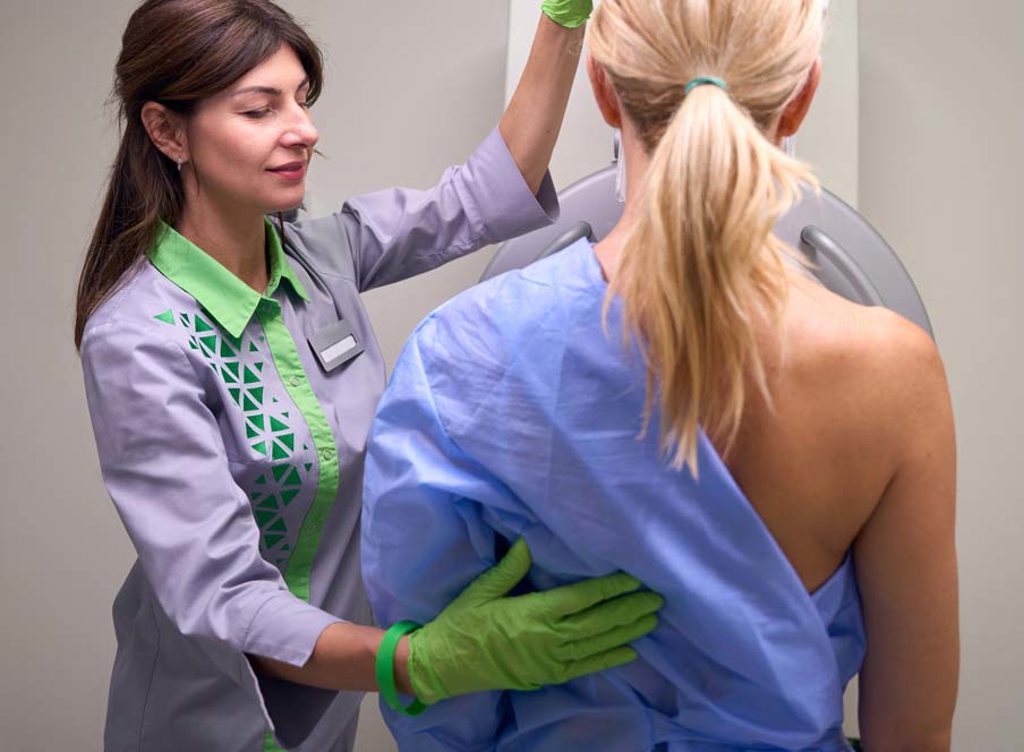When Should I Start Getting Annual Mammograms?
Breast cancer is one of the most common cancers for women in the United States. The American Cancer Society estimates that approximately 310,720 women will be diagnosed with breast cancer this year, and more than 42,250 women will die from it. Mammography is a key tool in fighting breast cancer because when it is detected earlier it is much more treatable.
Why Are Mammograms Important?
“Mammograms are the most effective tool we have for detecting breast cancer,” said Suzanne Iorfido, DO, Chief of Breast Imaging at Penn Highlands Healthcare. “In fact, mammograms are the only test shown to reduce breast cancer deaths because mammograms can detect cancer earlier, while is it smaller and easier to treat.”
Mammograms are low-dose x-rays that can find breast changes that could be cancer years before physical symptoms develop. There are two types of mammograms: 2D and 3D.

The 3D mammography, also called tomosynthesis, takes a series of x-rays as it moves around the breast, producing a high-resolution image that allows the radiologist to see breast tissue more clearly in three dimensions. It should be noted, however, that 2D mammography is still a gold standard and an excellent tool for detecting breast abnormalities, which is why it is indicated for routine screenings. Your healthcare provider will help you determine which type of mammography is the best option for you.
What Age Should I Start Getting Mammograms?
“Your risk for breast cancer will determine when you should start getting annual mammograms,” said Dr. Iorfido. “Women at a higher risk should generally start at an earlier age than women at an average risk. You are at average risk if you do not have a personal history of breast cancer, a strong family history of breast cancer or a genetic mutation known to increase risk of breast cancer.”
If you are at average risk, the American College of Radiology recommends that:
- Women age 40 start screening every year.
- Screening should continue past age 74 unless severe comorbidities limit life expectancy.
You are considered at higher risk if you have:
- A lifetime risk of 20% or greater according to risk assessment tools.
- Known BRCA1 or BRCA2 gene mutation.
- First-degree relative (parent, brother, sister or child) with a BRCA1 or BRCA2 gene mutation.
- Radiation therapy to the chest before age 30.
If you are at high risk, the American Cancer Society recommends that you should get a breast MRI and a mammogram every year, typically starting at age 30. Breast MRI uses radio waves and strong magnets to make detailed pictures of the inside of the breast, which can find some cancers not seen on a mammogram.
Penn Highlands Healthcare offers traditional 2D and 3D mammography throughout Pennsylvania. In addition, at many of its sites, expert radiologists and skilled technologists use patient management software called Volpara Patient Hub to enhance early detection by streamlining and improving patient and physician communications. Volpara Scorecard also is used to enable radiologists to objectively measure breast density and assess a woman’s individual risk of breast cancer. To learn more, visit www.phhealthcare.org/pink.
